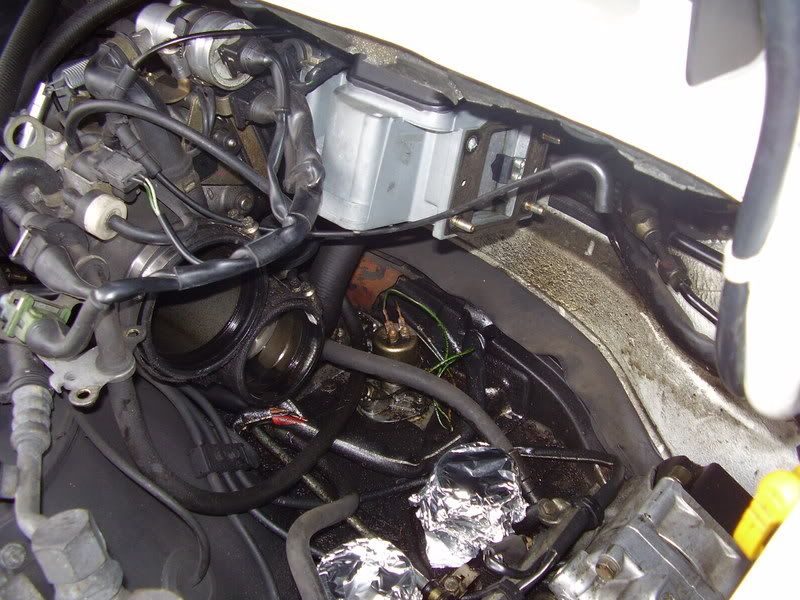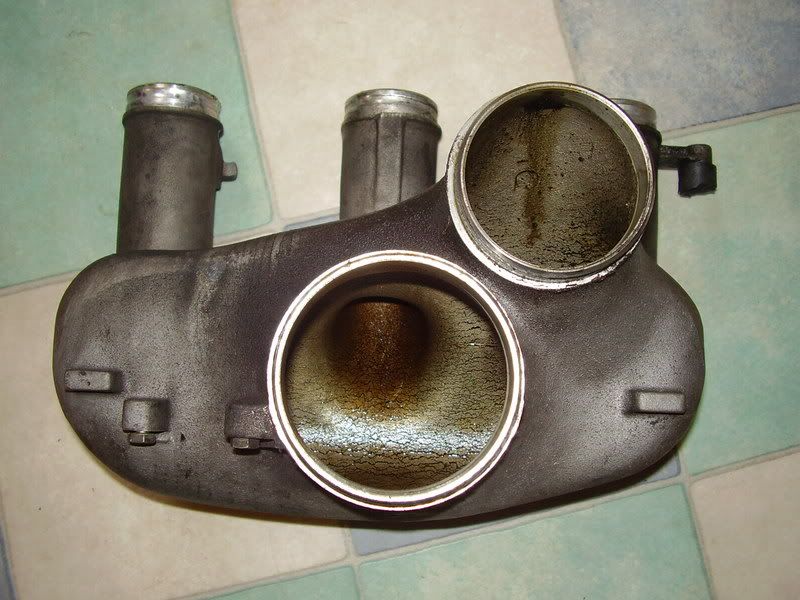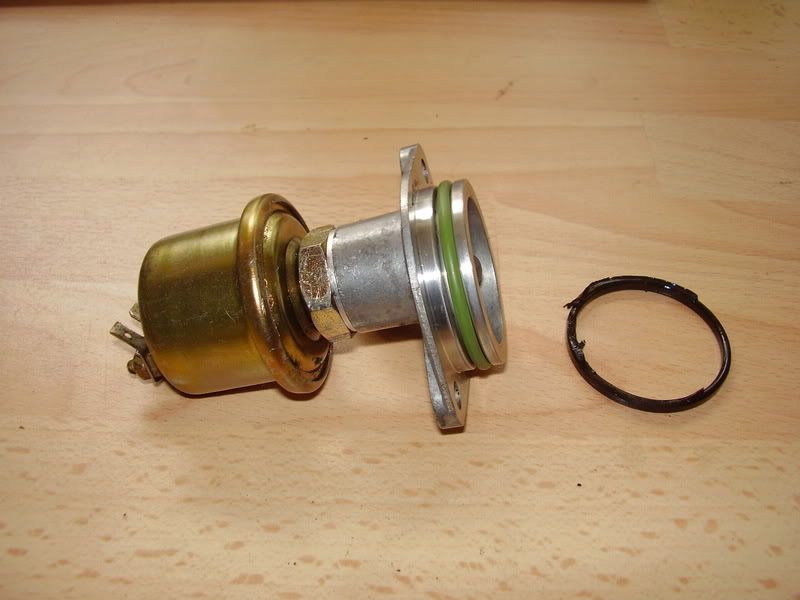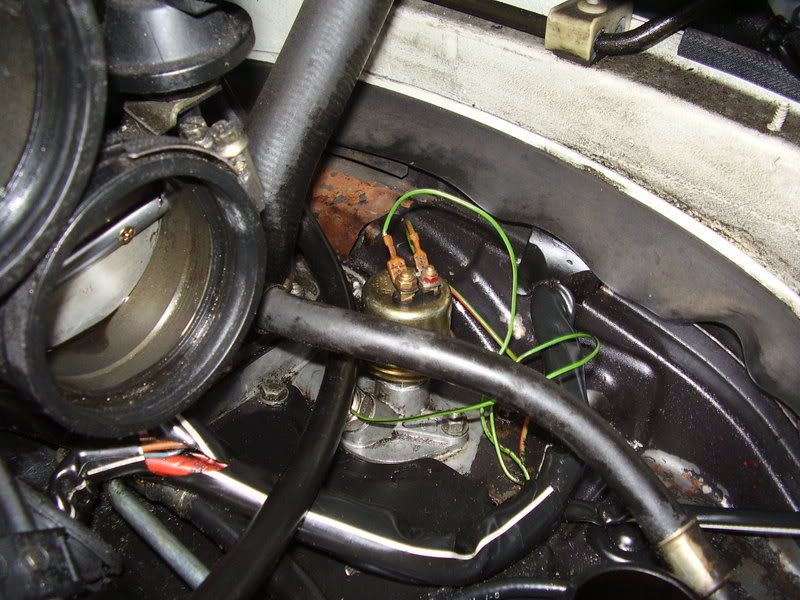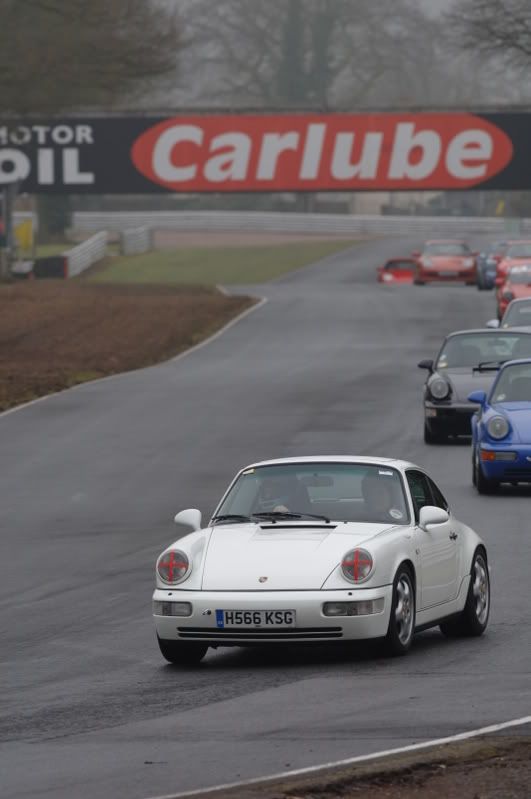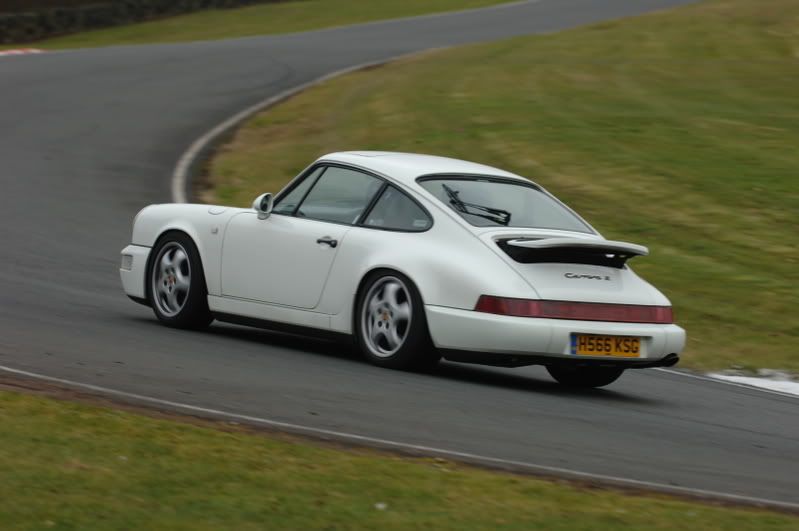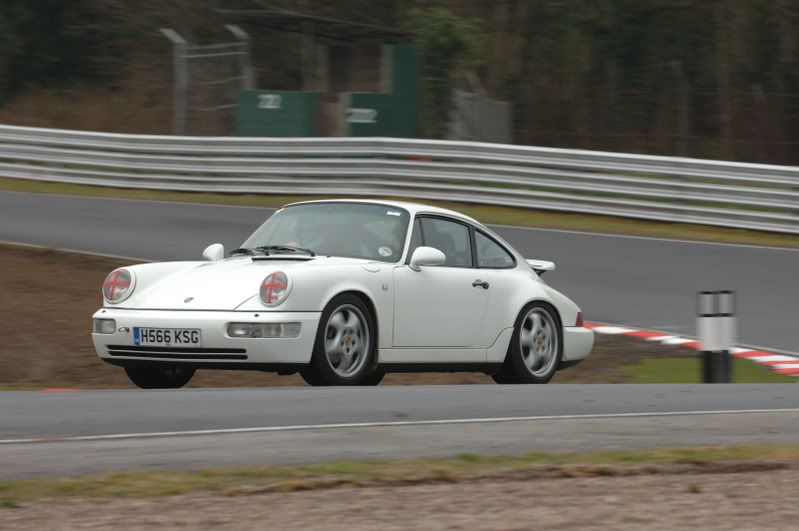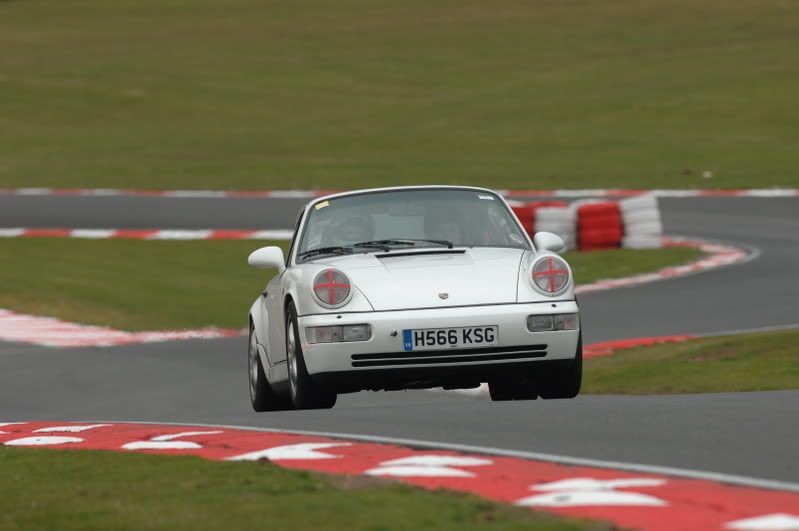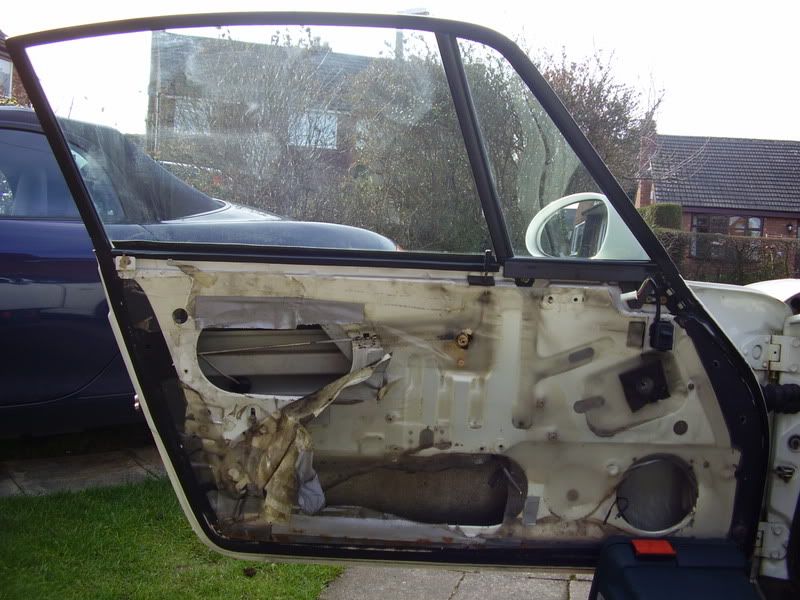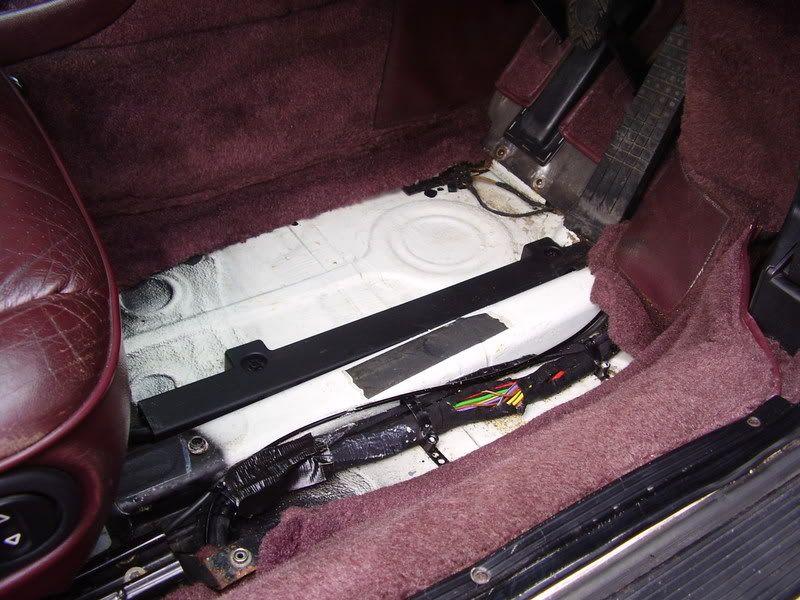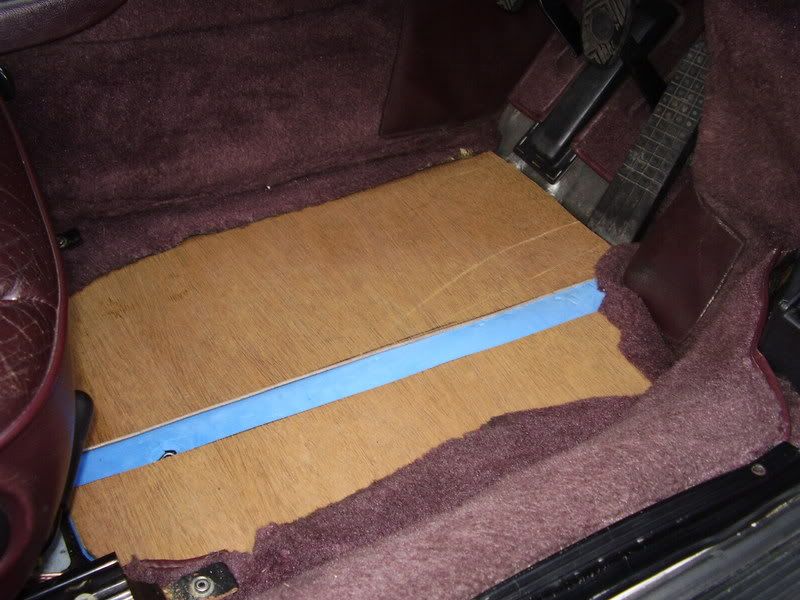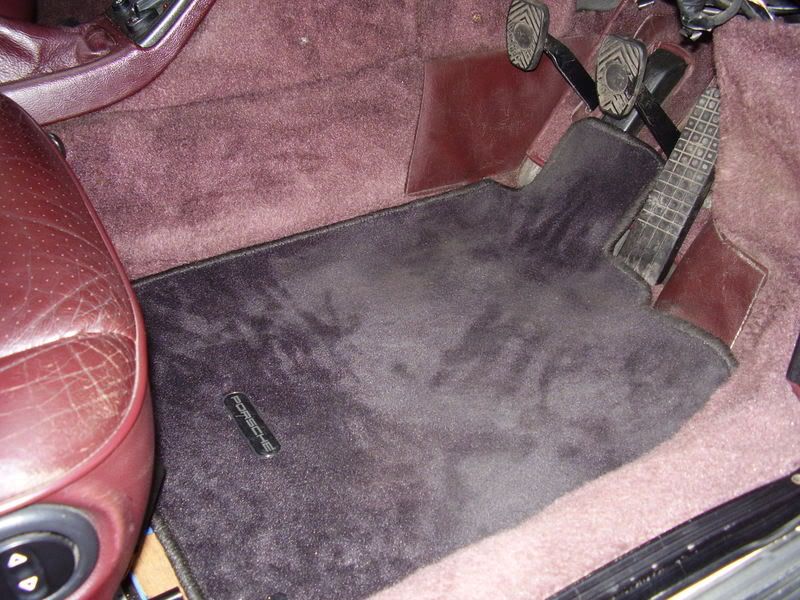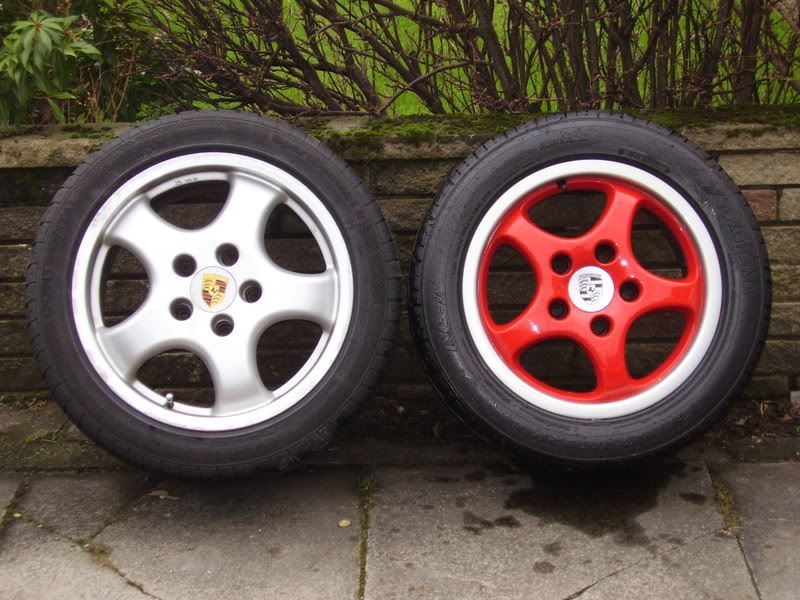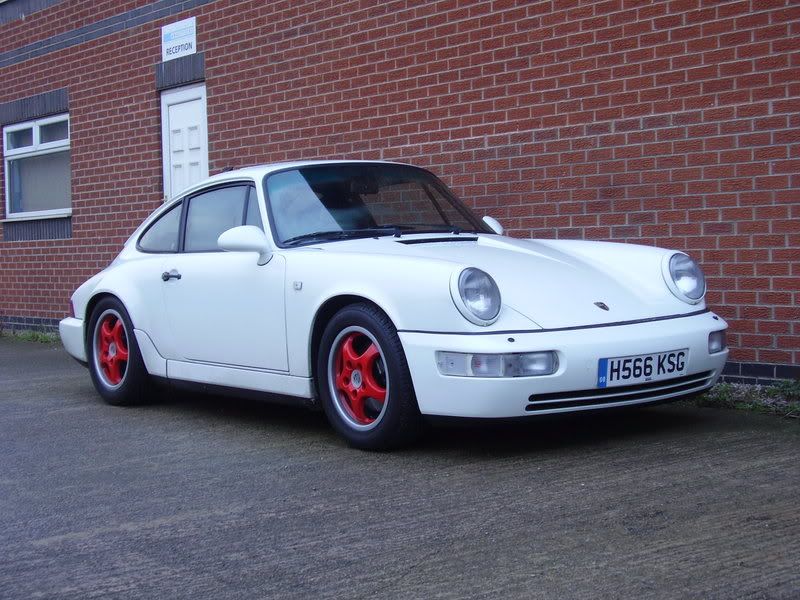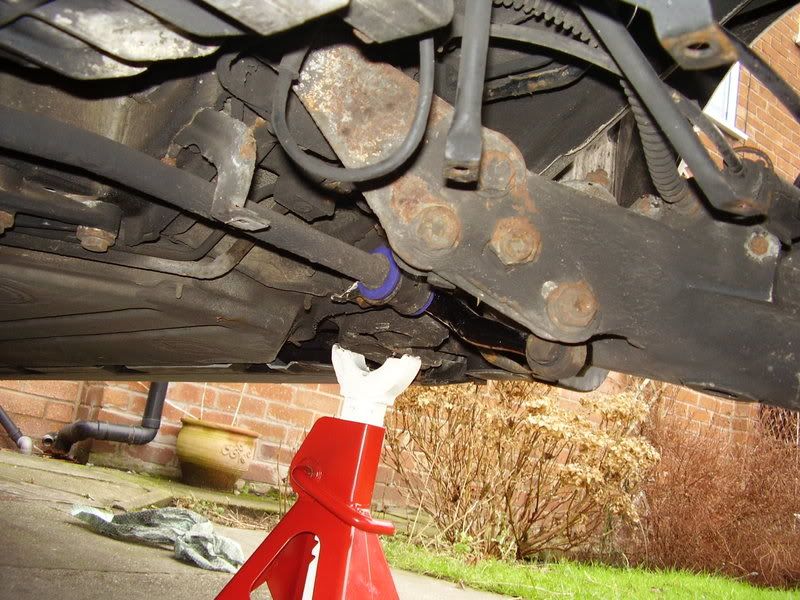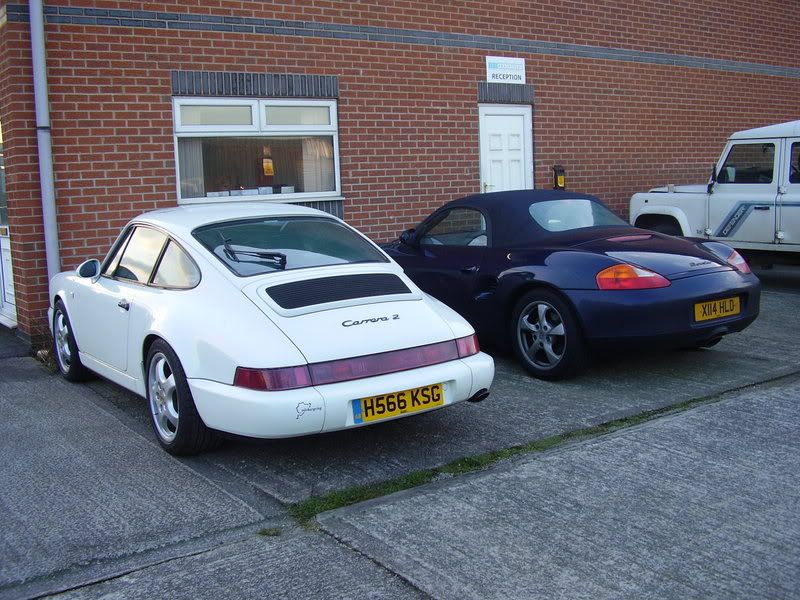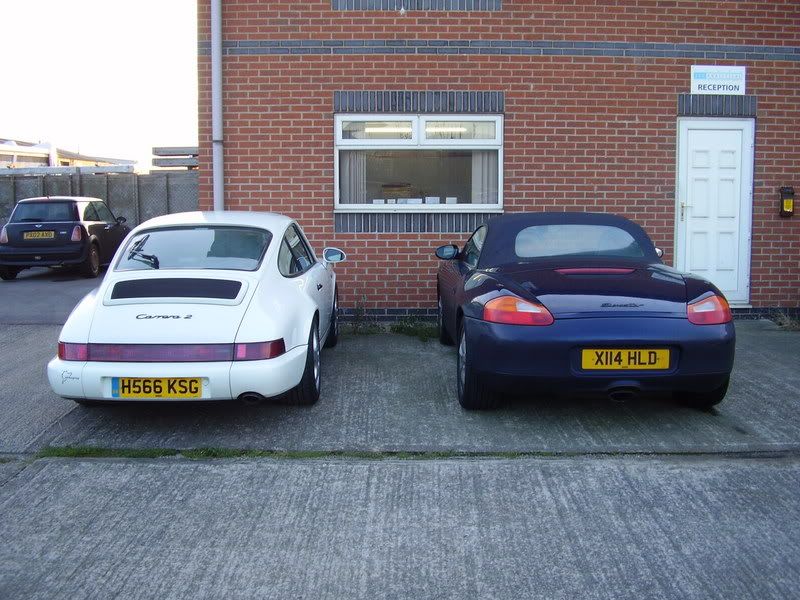With January being perhaps one of the worst months to drive a Porsche I decided it was time to do a major job on the car. The brakes.
At the end of 2007 I bought some used 4 pot rears off Ebay to replace the puny 2 pots that are standard on the C2. The aim here is not to give any greater stopping power but to reduce the potential for brake fade by having larger pads to dissipate the heat better. At the same time I get to have a larger choice in pads because the only ones available for 2 pots are OEM or textar (same really). The 4 pot rears take exactly the same pads as the front with the consequence that there is a wide range of Pagids available.
4 pot rears from a 964 C4 and the post 1991 C2 are difficult to find. However they are exactly the same calipers that are found on a variety of the older Porsche models. The ones I found were actually off 928 S4. They looked quite good in the Ebay ad. Once they arrived, they looked a little more battle scarred in the flesh:

Since 928 rear calipers fit to the trailing edge of the disc and 964 calipers sit on the leading edge of the first job was to remove the cross (feed) pipe and fit it where the bleed valves were, so that the fluid would feet into the bottom of the caliper and could be bled out at the top. The next job was to remove the spring plates that had been forced inwards by corrosion (known as plate lift) so that new pads would fit properly. The big problem here is removing the screws that become 'welded in' over time. I was advised to heat the screws but never managed to get them hot enough to make them budge. Use of a dremmel to cut a slot in the screw head and 10 mm cold chisel proved to be the successful method. Here's the mess that was the removed plates and mangled screws:
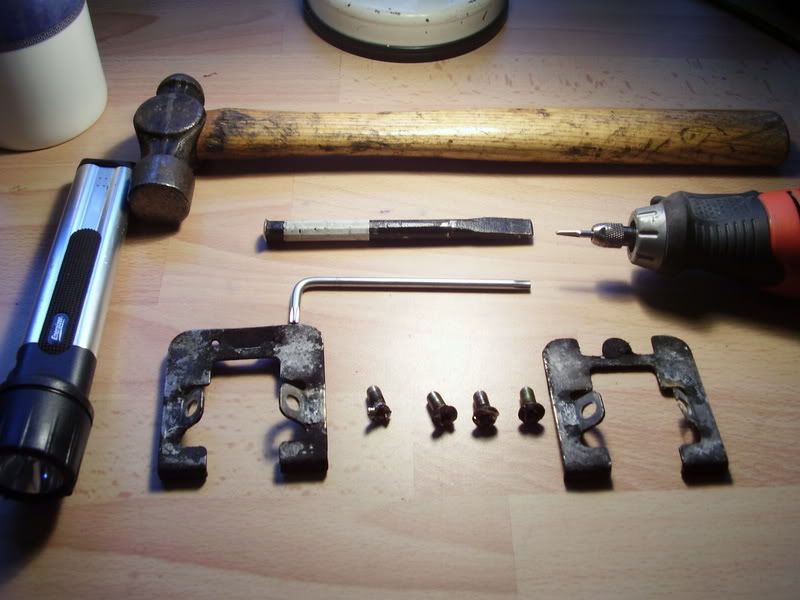
Behind the plates the corrosion that causes the 'plate lift' was clearly evident:

Use of a Dremmel again and a flat file to finish off, soon had them cleaned up:
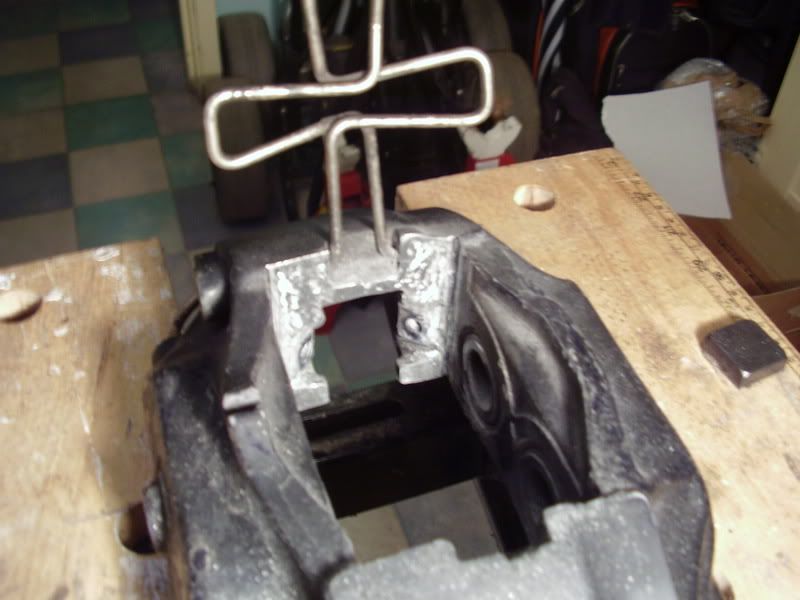
I repainted the calipers and fitted new spring plates and screws. These come as a kit with green loctite already impregnated on the screws. It's possible to use any old M6 screw and the original plates but I found that the scew holes in the plates had worn and figured that since this wouldn't have to be done again for at least another 5 years, that it was worth the extra:
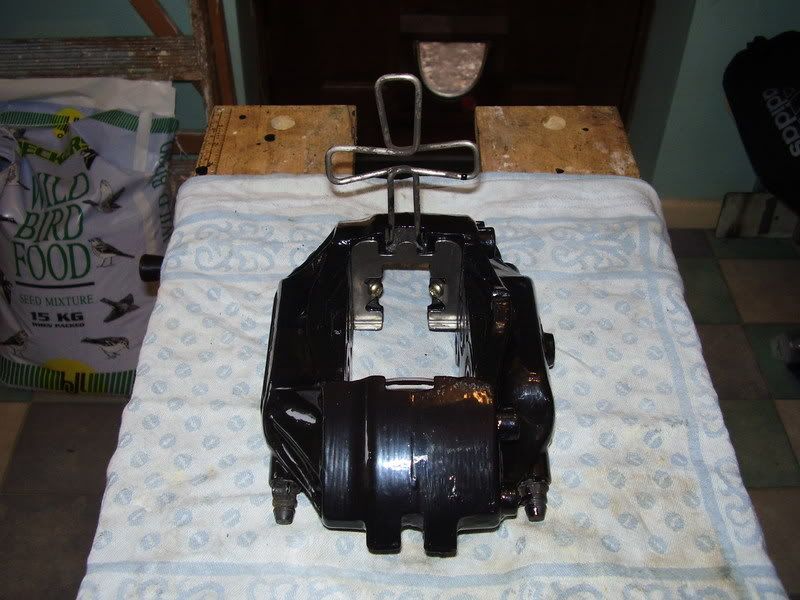
Here's the newly refurbished 4 pot rear caliper next to the old weedy 2 pot caliper:
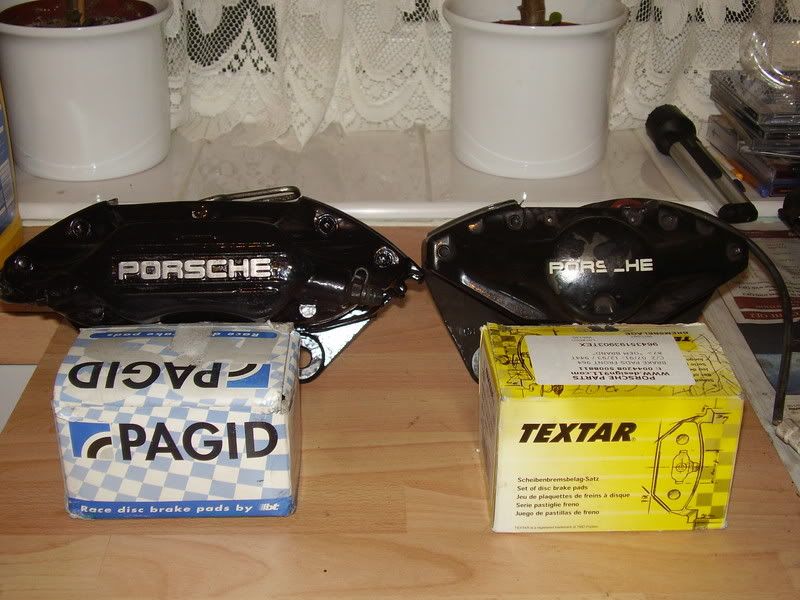
Of course, since I was refurbing and painting the new (used) rear calipers, I took the front calipers off and did those too. One of these required the replacement of a bleed valve which was siezed (and therefore has not been bled for some time):

While the car was stationary all this time I decided to leave a reminder in there for myself and any would be car thieves:

It's worth noting that before I took any of the calipers off the car I clamped off the vent pipe to the reservoir and put clingfilm between the cap and reservoir. This creates a vacuum and stops the fluid spilling out everywhere. Also, before refitting the rear calipers I removed the rotten brake disc shields which were only just clinging on. This should help a little with brake cooling and saves a little bit of weight. I also took some of the old brake warning sensors and looped them out so that I don't have to worry about (or buy any more of) these in the future. They melt on the track so they're pretty useless anyway. Here are the calipers on the car, complete with new decals:
Rear:
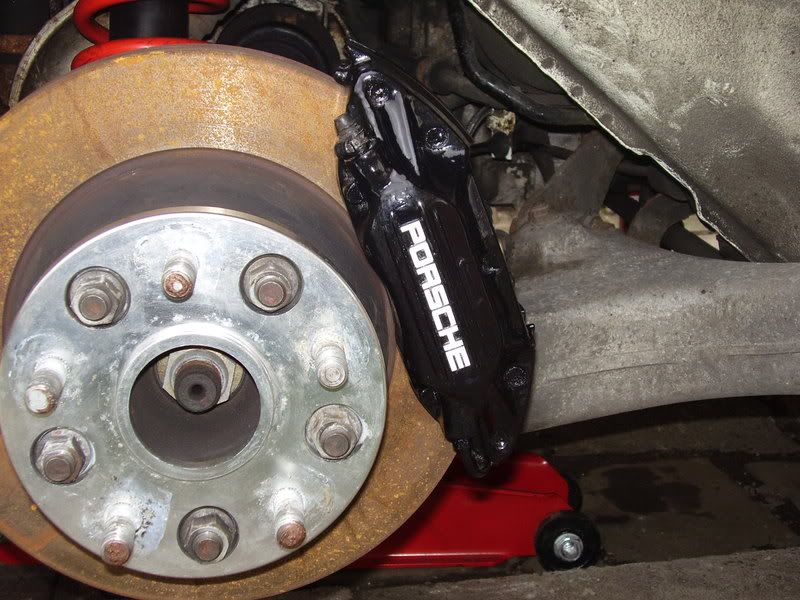
Front:
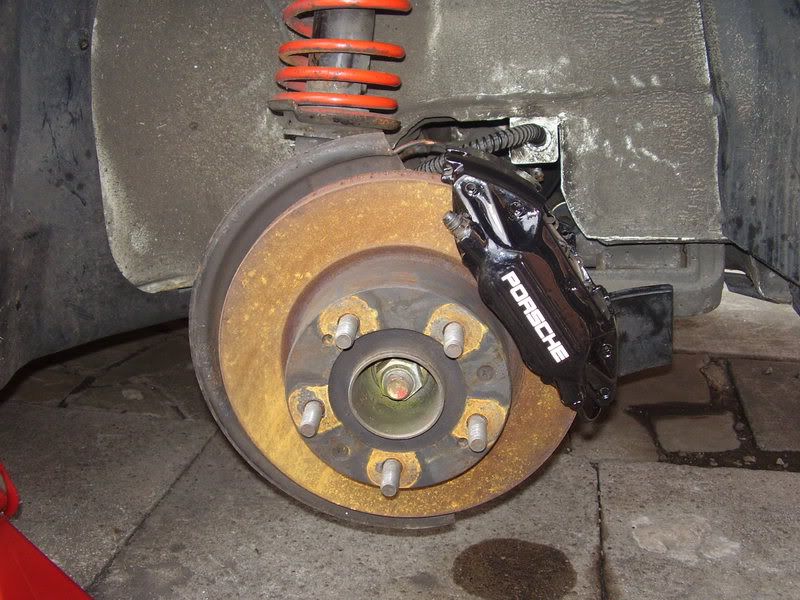
As this was always going to be a thorough job I also bought a set of BF Goodridge braided brake hoses. These were a real fight to get undone and resulted in me having to replace 3 of the copper/nickel brake lines that they attached to. Look good though:
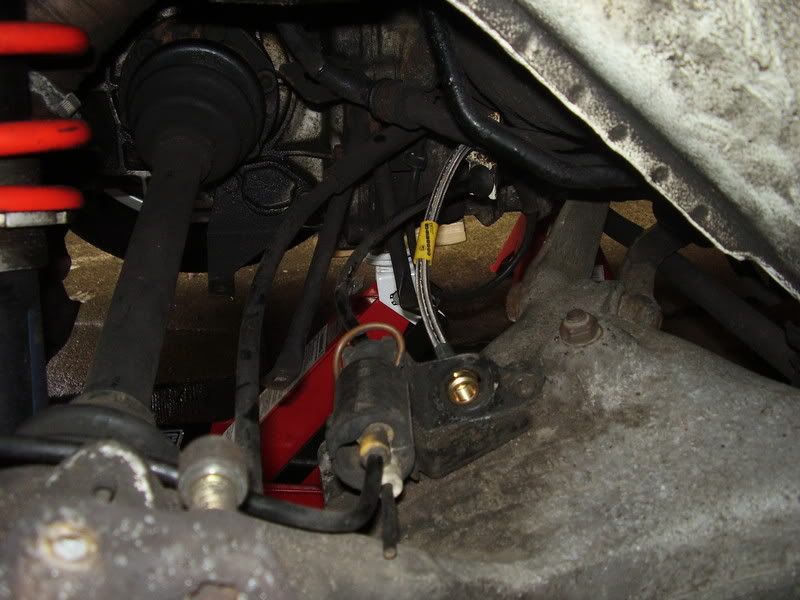
The penultimate job to do was to change the proportioning valve that sits in the front boot to the upgraded version which allows more pressure to go to the bigger rear calipers.
The costs involved in this brake project were;
Used 928 S4 calipers £180
Spring plate kits for rear calipers £70
Spring plate kits for front calipers £70
New bleed valve for front caliper £8
Braided brake hoses £50
Caliper paint £15
Decals £11
Proportioning valve £55
2 litres of Castrol Super Dot4 fluid £20
1 x set of textar pads for road £50
1 x set of pagid pads for track £115
3 x new copper/nickel brake lines £75
Total cost = £719
Thank goodness I didn't have to pay for labour!
All that was left was to flush/bleed the system and go out for a test drive.

